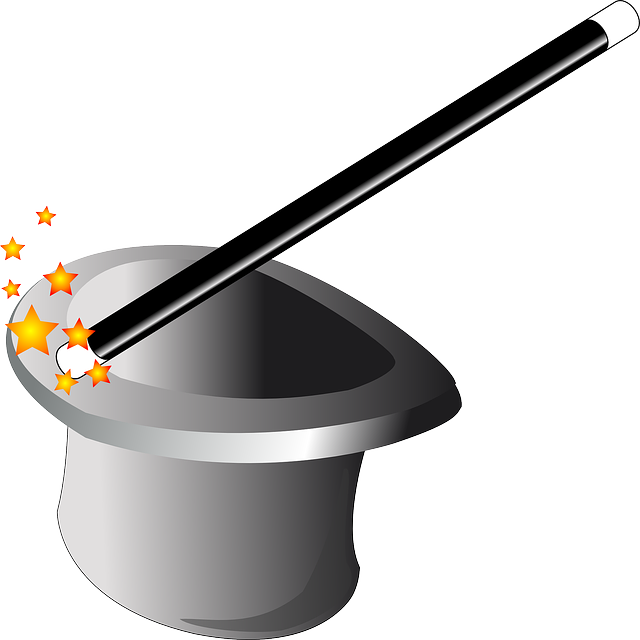Help us get to over 8,749 articles in 2024.
If you know of a magician not listed in MagicPedia, start a New Biography for them. Contact us at magicpediahelp@gmail.com
Help:Templates
If you have standard texts you want to include on several pages, the MediaWiki template feature comes into play (like the tag above which is included in the pages of the Help namespace).
Contents
Existing Templates
Current templates on MagicPedia. These should be used as a means to alert fellow MagicPedia readers and editors to work on an article.
No References or Citations Type at the beginning of an article:
{{unreferencedsection}}
| | This article or section needs references and citations!
|
Article Does Not Comply With Format of MagicPedia Type at the beginning of an article:
{{format}}
| | This article does not meet MagicPedia Format!
|
Checkmark Type:
{{aye}}
That prints: ![]()
As templates grow, please add them here.
Creating a template
Template names are prefixed with Template:, you create them like any other wiki page.
Using a template
Templates are wiki pages which can be used in other pages in three ways:
{{Name}}includes the content of the template at the moment the page containing it is fetched "[[Template:Name]]".{{subst:Name}}inserts the content of the template into the code of the page in a form that is editable normally "[[Template:Name]]" after you have saved your text.{{msgnw:Name}}when the page containing it is fetched, includes the template in a form that displays it as raw wiki syntax, like<nowiki>does
Using parameters in templates
| Template with numbered parameters | |
'''A little thank you...'''<br>
<small>for {{{1}}}.<br>
hugs, {{{2}}}</small>
| |
| You type | You get |
{{Thankyou|all|Joe}}
|
|
| with named parameters | |
'''A little thank you...'''<br>
<small>for {{{reason}}}.<br>
hugs, {{{signature}}}</small>
| |
| You type | You get |
{{Thankyou
|reason=all
|signature=Joe}}
|
|
You can define parameters in templates either numbered as {{{1}}} or named {{{param}}}.
Example: You want a little thank you note you can put on the talk page of other users. It will contain a reason and your signature. You could create Template:Thankyou to enter your text, as in the example in the table.
When using the template on a page, you fill in the parameter values, separated by a pipe char (|): {{Thankyou|all|Joe}}. For named parameters use "name=value" pairs separated by a pipe char: {{Thankyou|reason=all|signature=Joe}}. The advantage of using named parameters in your template is that they are flexible in order. It also makes the template easier to understand if you have many parameters. If you want to change the order of numbered parameters, you have to mention them explicitly: {{Thankyou|2=Joe|1=all}}.
You can also provide default values for parameters, i.e. values that are going to be used if no value is provided for a parameter. For example, {{{reason|all}}} would result in "all" if no value was provided for the parameter reason.
Control template inclusion
You can control template inclusion by the use of <noinclude> and
<includeonly> tags.
Anything between <noinclude> and </noinclude> will be processed and
displayed only when the page is being viewed directly, not included.
Possible applications are:
- Categorising templates
- Interlanguage links to similar templates in other languages
- Explanatory text about how to use the template
The converse is <includeonly>. Text between <includeonly> and
</includeonly> will be processed and displayed only when the page is
being included. The obvious application is to add all pages containing a given template to a category.
Note that the usual update problems apply -- if you change the categories inside a template, the categories of the referring pages won't be updated until those pages are edited.
Organizing templates
For templates to be effective users need to find them and be able to use them. A simple technique is to include an example on the template page. For example:
<noinclude>
==Usage==
Allows to establish a link to a subject:
{{NameOfTemplate|Term1+Term2+Term3}}
</noinclude>
Then, an editor can simply copy and paste the example to create a similar page.
See Also
- Help:Variables -- fancy stuff you may find in some templates
